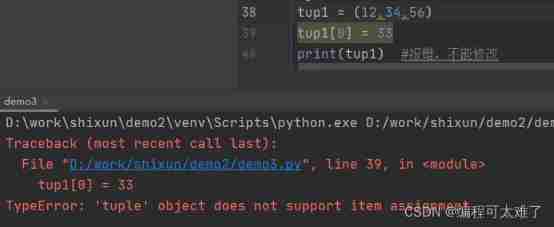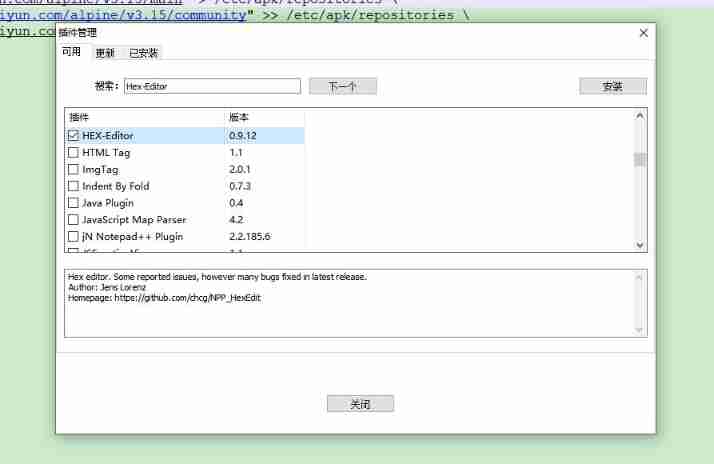当前位置:网站首页>speed or tempo in classical music
speed or tempo in classical music
2022-07-05 03:33:00 【大魔法师云中君】
Musical pieces do not always have a mathematical time indication.
In classical music, it is customary to describe the tempo of a piece by one or more words.
Most of these words are Italian,
because many of the most important composers of the 17th century were Italian,
and this period was when tempo indications were first used extensively and codified.
Before the metronome,
words were the only way to describe the tempo of a composition.
After the metronome’s invention,
these words continued to be used, often additionally indicating the mood of the piece,
thus blurring the traditional distinction between tempo and mood indicators.
For example, presto and allegro both indicate a speedy execution (presto being faster),
but allegro also connotes joy (from its original meaning in Italian).
Additional Italian words also indicate a specific mood that adds to the interpretation.
For example, a marking of Allegro agitato has both a tempo indication (faster than a usual Allegro) and a mood indication (agitated).
These words at times become used as the composition’s title, with perhaps the most famous example being Samuel Barber’s Adagio for Strings.
Some of the more common Italian tempo indicators, from slowest to fastest, are:
Grave – slow and solemn (20–40 BPM)
Lento – slowly (40–45 BPM)
Largo – broadly (45–50 BPM)
Adagio – slow and stately (literally, “at ease”) (55–65 BPM)
Adagietto – rather slow (65–69 BPM)
Andante – at a walking pace (73–77 BPM)
Moderato – moderately (86–97 BPM)
Allegretto – moderately fast (98–109 BPM)
Allegro – fast, quickly and bright (109–132 BPM)
Vivace – lively and fast (132–140 BPM)
Presto – extremely fast (168–177 BPM)
Prestissimo – even faster than Presto (178 BPM and over)
The composer using the most elaborate combined tempo and mood markings was probably Gustav Mahler.
For example, the second movement of his Symphony No. 9 is marked Im Tempo eines gemächlichen Ländlers, etwas täppisch und sehr derb,
indicating a slowish folk-dance–like movement, with some awkwardness and much vulgarity in the execution.
Mahler would also sometimes combine German tempo markings with traditional Italian markings, as in the first movement of his sixth symphony, marked Allegro energico, ma non troppo. Heftig, aber
markig (Energetically quick, but not too much. Violent, but vigorous).
One can easily see that with instructions being given in so many different languages, an orchestral musician must become something of a linguist!
边栏推荐
- Six stone programming: advantages of automated testing
- [Chongqing Guangdong education] 2777t green space planning reference questions of National Open University in autumn 2018
- MySQL winter vacation self-study 2022 11 (9)
- Sqoop命令
- v-if VS v-show 2.0
- [luat-air105] 4.1 file system FS
- Watch the online press conference of tdengine community heroes and listen to TD hero talk about the legend of developers
- Clean up PHP session files
- Tencent cloud, realize image upload
- Yuancosmic ecological panorama [2022 latest]
猜你喜欢

Bumblebee: build, deliver, and run ebpf programs smoothly like silk

Linux安装Redis

Basic knowledge of tuples

Pdf things

Anchor free series network yolox source code line by line explanation Part 2 (a total of 10, ensure to explain line by line, after reading, you can change the network at will, not just as a participan

SQL performance optimization skills
![[wp][入门]刷弱类型题目](/img/d0/9eb3ade701057837d98e4a20082a10.png)
[wp][入门]刷弱类型题目

this+闭包+作用域 面试题

IPv6 experiment

VM in-depth learning (XXV) -class file overview
随机推荐
Class inheritance in C #
Flume配置4——自定义MYSQLSource
Anti debugging (basic principles of debugger Design & NT NP and other anti debugging principles)
Kuboard
Daily question 2 12
Azkaban installation and deployment
Pat grade a 1119 pre- and post order traversals (30 points)
Pdf things
2.常见的请求方法
How to make the listbox scroll automatically when adding a new item- How can I have a ListBox auto-scroll when a new item is added?
Basic authorization command for Curl
Linux Installation redis
v-if VS v-show 2.0
Single box check box
What is the most effective way to convert int to string- What is the most efficient way to convert an int to a String?
error Couldn‘t find a package.json file in “你的路径“
Leetcode42. connect rainwater
C file in keil cannot be compiled
Clickhouse物化视图
MySQL winter vacation self-study 2022 11 (9)